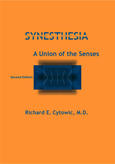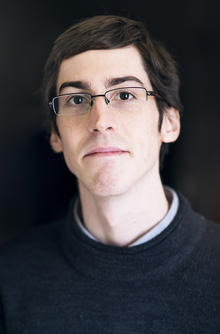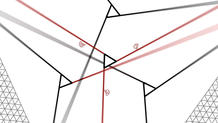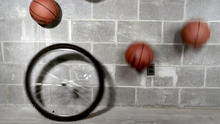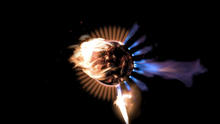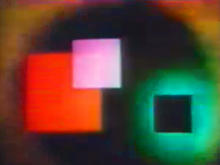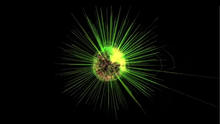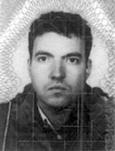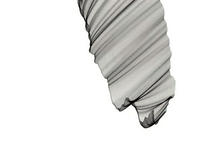Sonar
(2009)by Montreal-based designer Renaud Hallée is a musical loop generated by shapes with cyclic behaviors. A basic keyframe animation using flash, without scripting.
The idea :
- Chain reaction (sort of evolving life form) that produces music
- Primitive-sounding synthesizer (early electronic music) to match minimalistic style
- Anticipation of events using (a) decreasing numbers and (b) eventually trajectories on a spinning wheel
"It was a personal auto-financed project, and my first film. On a creative level: The film and its graphical evolution were very clear in my mind before starting to animate. Creating it was a very intuitive and logical process. The concept was interesting since the audience would instinctively expect the events to occur in time by following rhythm, numbers decreasing and objects' trajectories. That way, the film would seem to flow naturally and to have a language of its own. On a technical level: Since I studied in filmmaking and music composition, I knew very little about computer animation. Because I thought the idea was great and because it was simple enough to do it without advanced skills, I decided to give it a try. I basically learned keyframe animation while doing the film." – Renaud Hallée
Source: Stash Magazine Issue #68 (May 2010)


